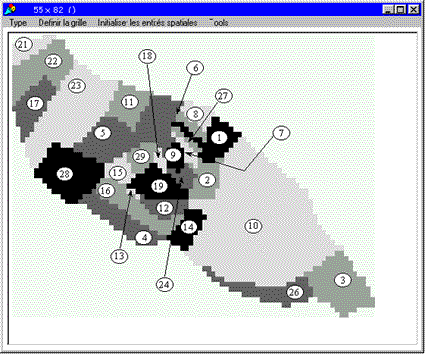|
dynamics
and resource management
Holling's
Concepts of Change is a classification of ecological models:
1)
where nature is constant and equilibrium centred. Models used
to control the balance between ecological production and harvest.
2)
Multiple equilibria state, with nature engineered. Models to control
the variability.
3)
Organisational change, nature evolving. Principle of adaptive
management.
ecological
modelling
Models
used are from the field of system dynamics: stocks and flows, aggregated
variables (first and second concepts). Other types of models are
used with a view of organisational change. There has been an increase
in individual based models (IBM) (second and third concept), such
as Lomnicki, Levin, Huston, and De Angelis.

multiple
scales and MAS
Ecological
dynamics at the micro level
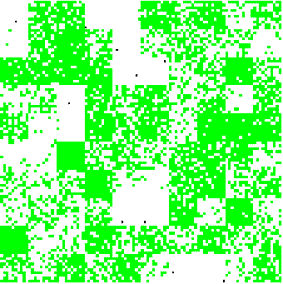
Dynamics
at the level of the plots or the forest

 spatial
entities vs geographical entities spatial
entities vs geographical entities
In which entity should the landscape dynamics evolution's rules
be specified ???

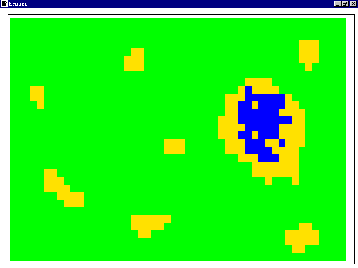
decentralised
water dynamics (E. Perrier)
 

 models models
In
the ecological literature, these are theoretical, and focus on problems
of organisation, the emergence of co-operation, hierarchies, food-webs.
Many of them use evolutionary concepts and tools. There are also
applied models, which consider trees and forests, fish and birds,
pumas, deers. An example is ATLSS, which was across trophic level
system simulation (Everglades). Another example is a spatially-explicit
individual-based model of blue duikers population dynamics. Here,
multi-agent simulations were created of traditional hunting in an
eastern Cameroonian village.
spatial
support definition
The blue duikers are frequently hunted, so a spatial map was created.
The dots on the map represent animals.

population
biology model
-
Data from papers on ethology and ecology of Cephalophus monticola
Thunberg provides information about life history parameters and
biological functions and behavioural rules, such as :
-
Growth
-
Natural mortality
-
Migration
-
Reproduction
 This
information can then be used to impose a hunting mortality rate
on the model. The places marked in red are were hunting takes
place and where extinction is likely. Another spatial scale is
then included in the model to incorporate the information about
the hunting territories This
information can then be used to impose a hunting mortality rate
on the model. The places marked in red are were hunting takes
place and where extinction is likely. Another spatial scale is
then included in the model to incorporate the information about
the hunting territories
another
spatial scale to incorporate the information about the hunting
territories

Simulation
experiments can then be conducted, altering the amount of hunting,
(for example, from 'continuous hunting' to 'periodic hunting'),
and also the location of the traps, which may be fixed or random.
Changing factors such as these will produce figures for the hunting
coverage that each includes, population density after 25 years,
and total catches during 25 years.
simulation
results: first set of experiments
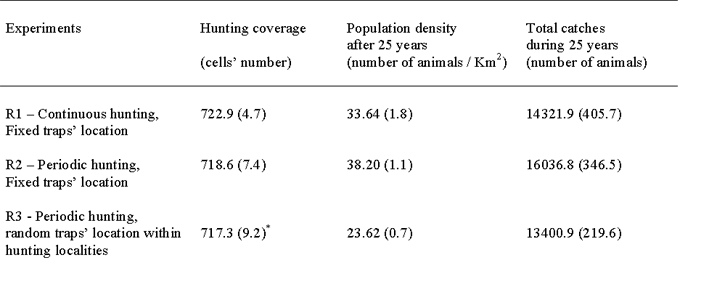
simulation
results: second set of experiments
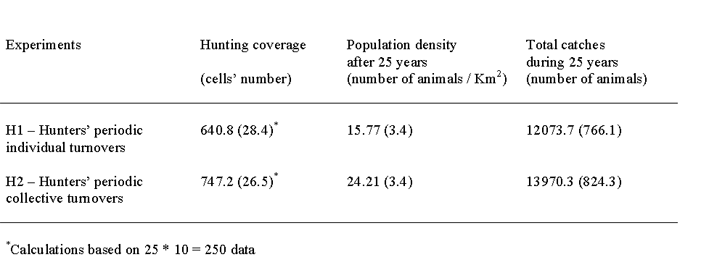

conclusions
-
The spatial unity of hunting is the traps path
- A
key-factor: the relationship between the hunting sites and the
social networks (groups of hunters from the same family)
resource
management
- Many
theoretical models, some applied models
- Simulations
of resource management
-
understand the functionality of management rules
-
compare various scenarios
- Simulation
and adaptive management
simulation
of resource management
-
Interactions through space and resources. Reactive or cognitive
models to simulate action on a common resource:
- fisheries
(Bousquet, Le Fur)
- parks
(Gimblett)
- region
(Balman, Dean, ...)
- Social
or economic exchanges:
-
irrigated scheme (Barreteau)
- region
(Rouchier, Kohler, Mathevet...)
- Watershed
(Lansing)
simulation
and adaptive management : an approach
-
Role games and multi-agent systems: a common representation
- to
increase knowledge on the behaviour,
- to
give back the model to the actors and validate it,
- to
be able to simulate scenarios
- Tests
: (irrigated scheme, space allocation between farmers and herders,
negotiation between forest manager and herder)
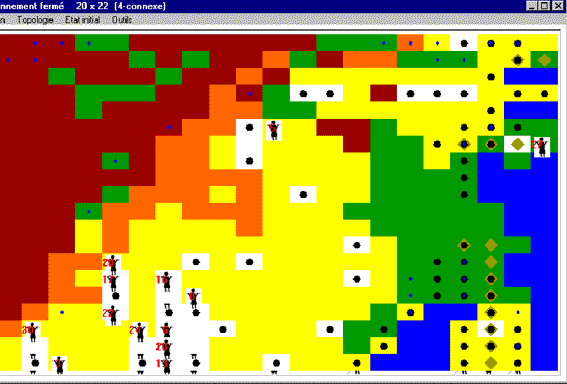
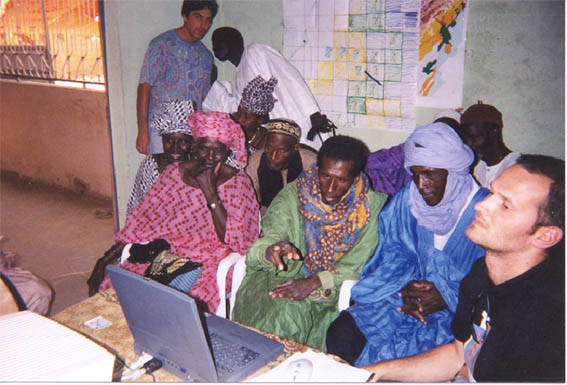

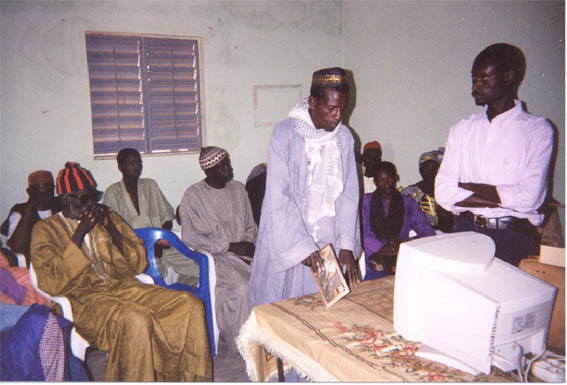
conclusions
-
Several applications of Mas (Ibm) for ecological systems
-
Some applications on ecosystem management to understand links
between social processes and ecological dynamics
-
How to use models of adaptive systems for adaptive management?

|









